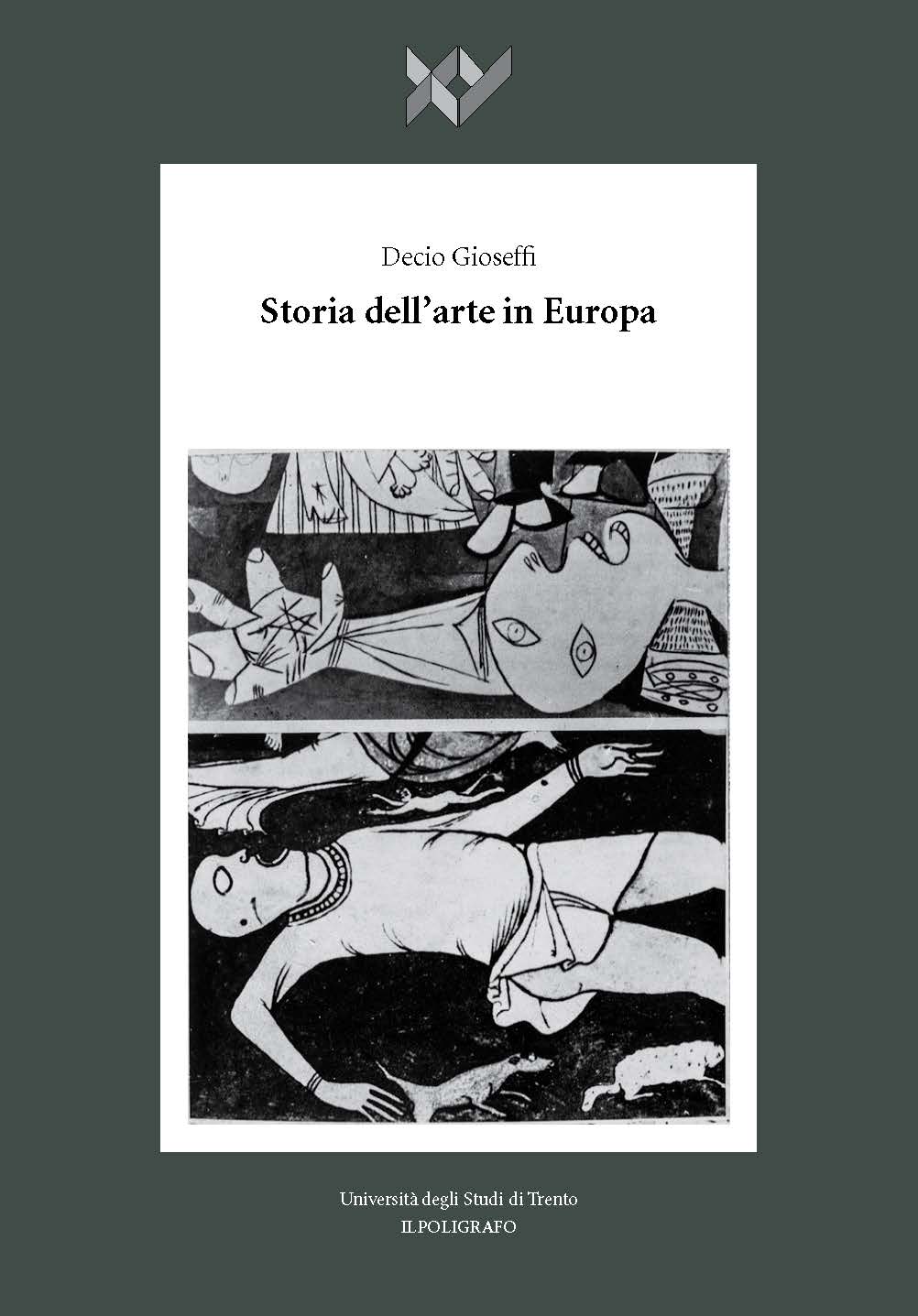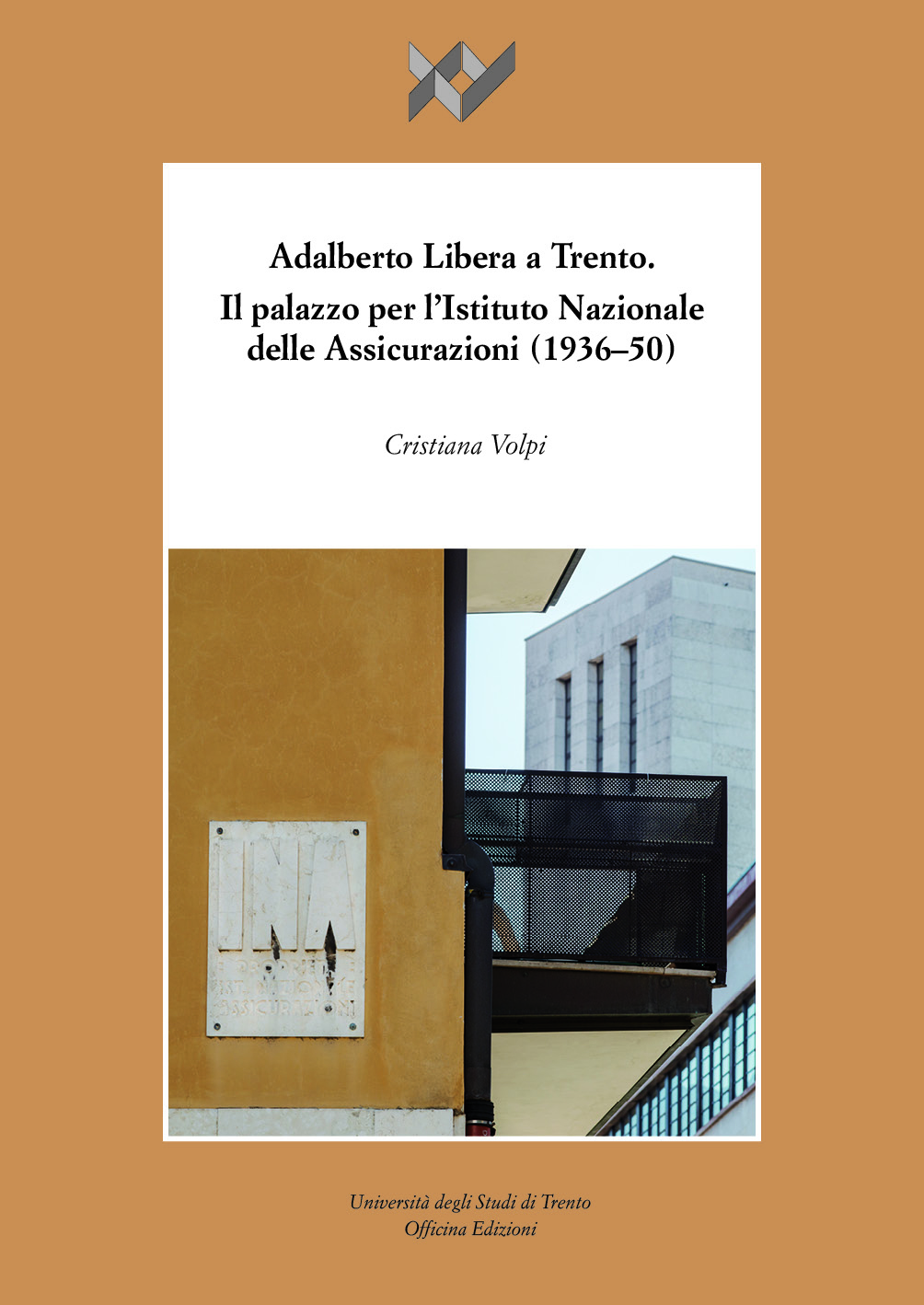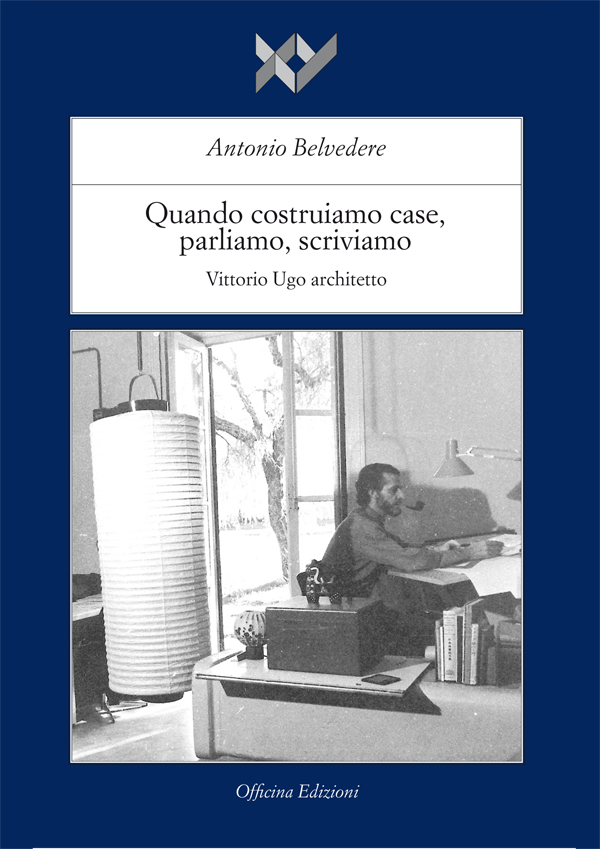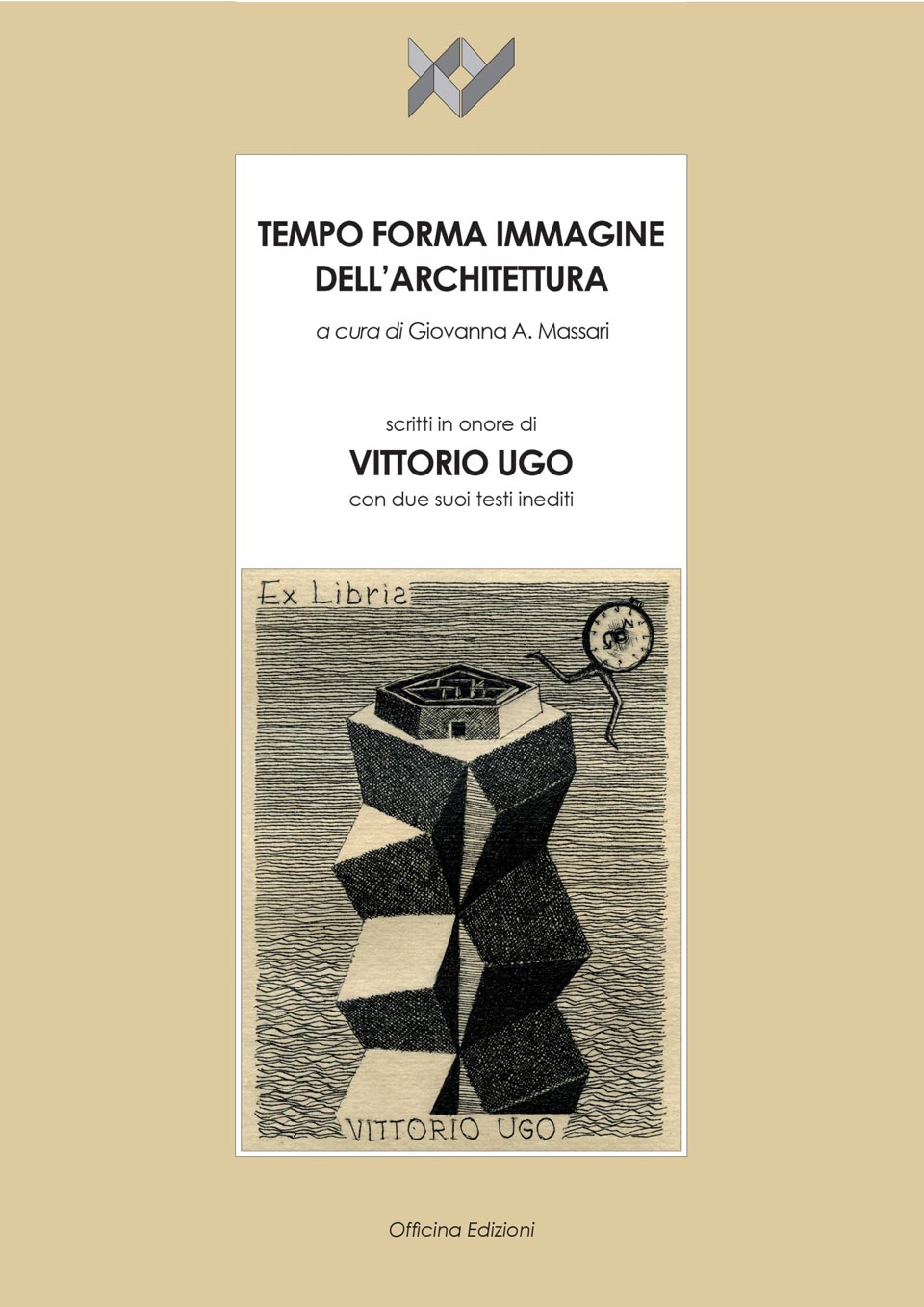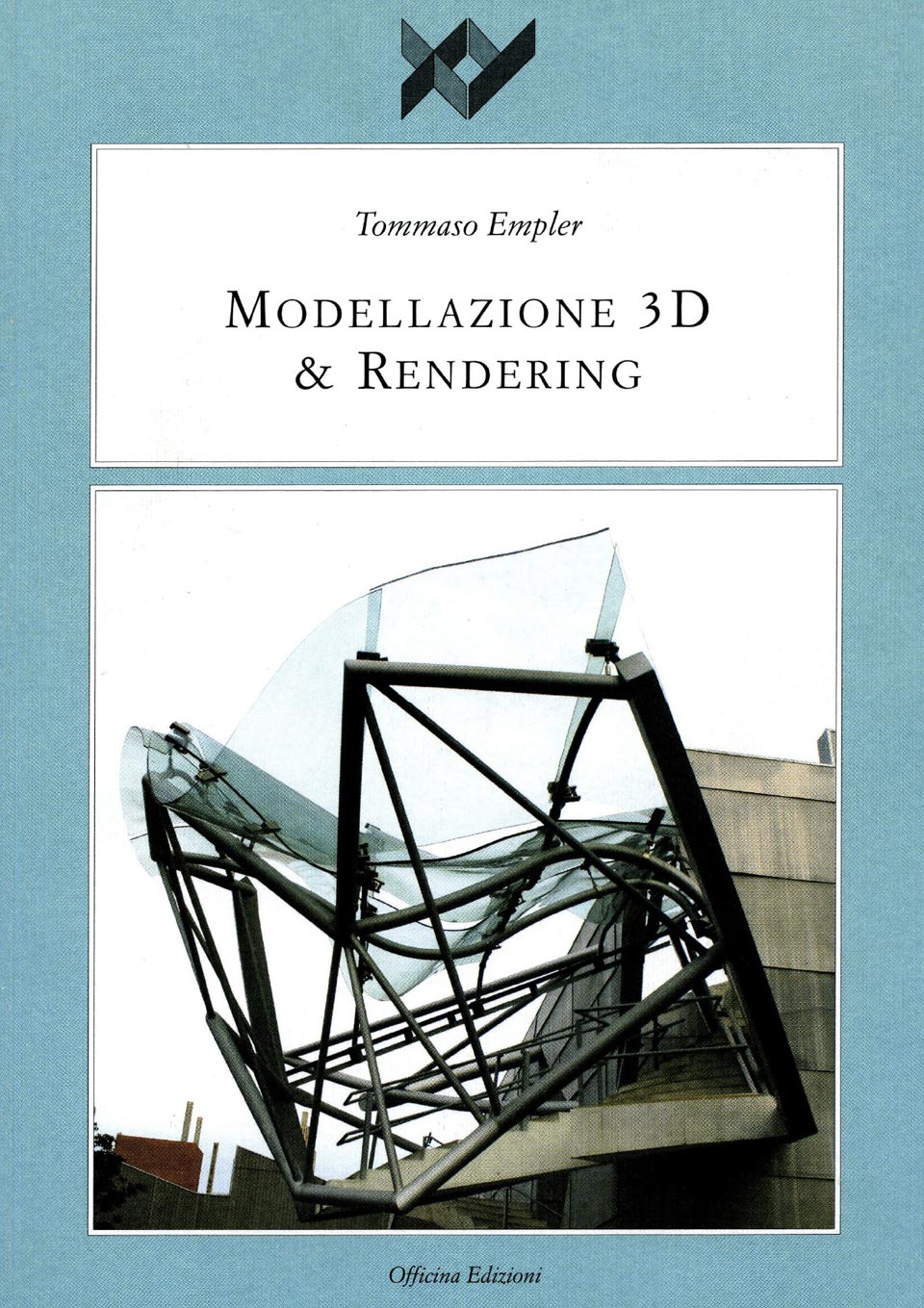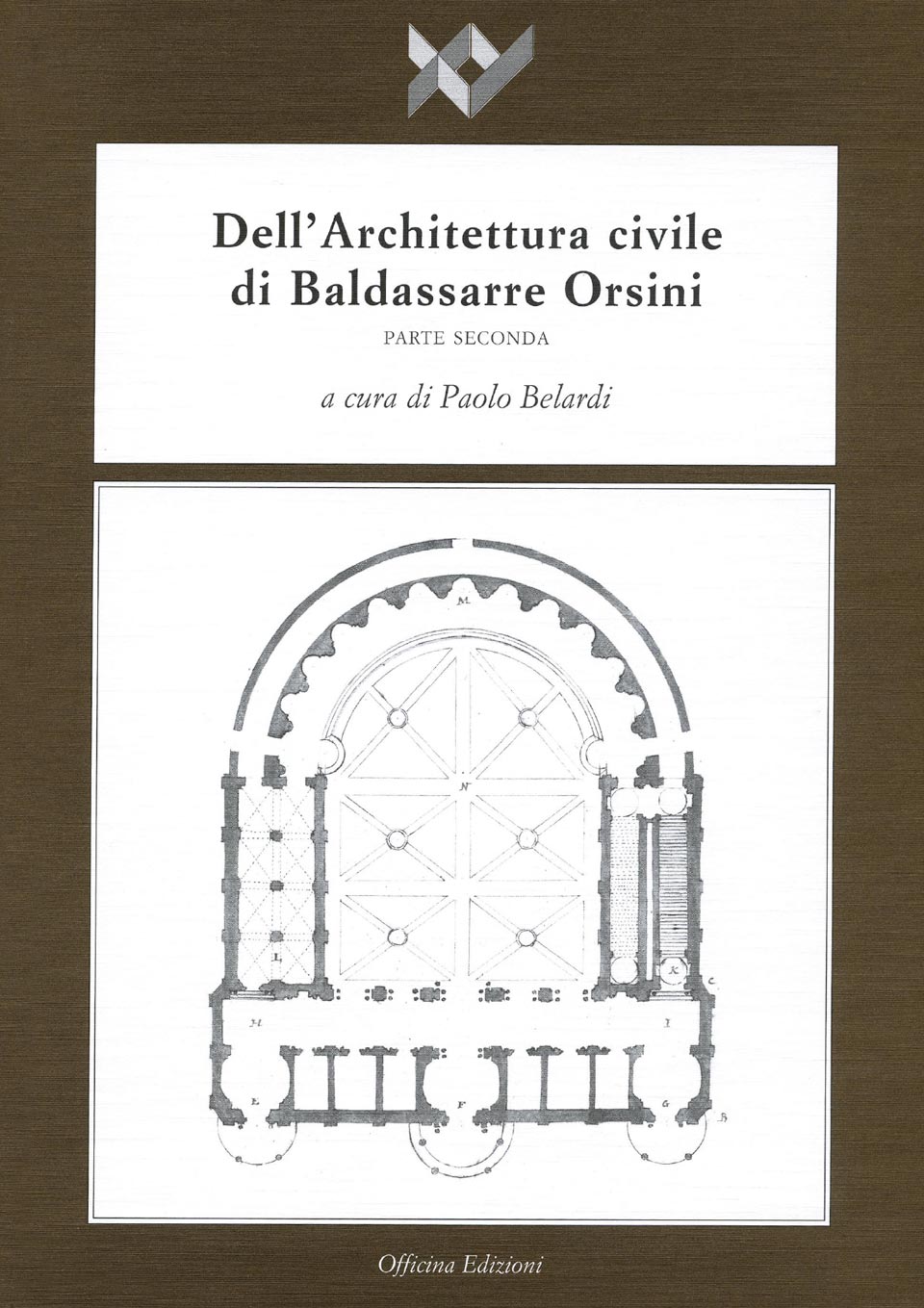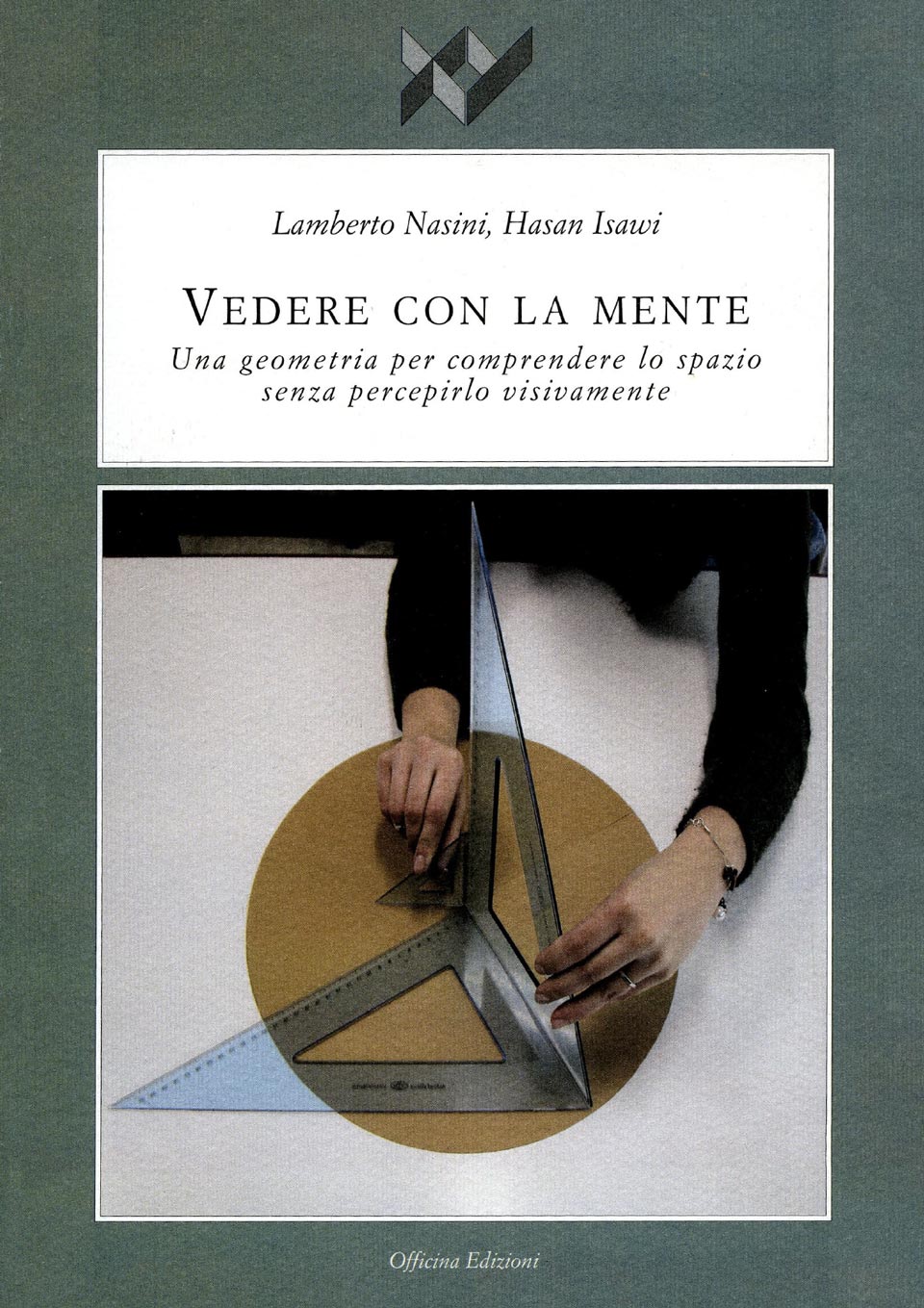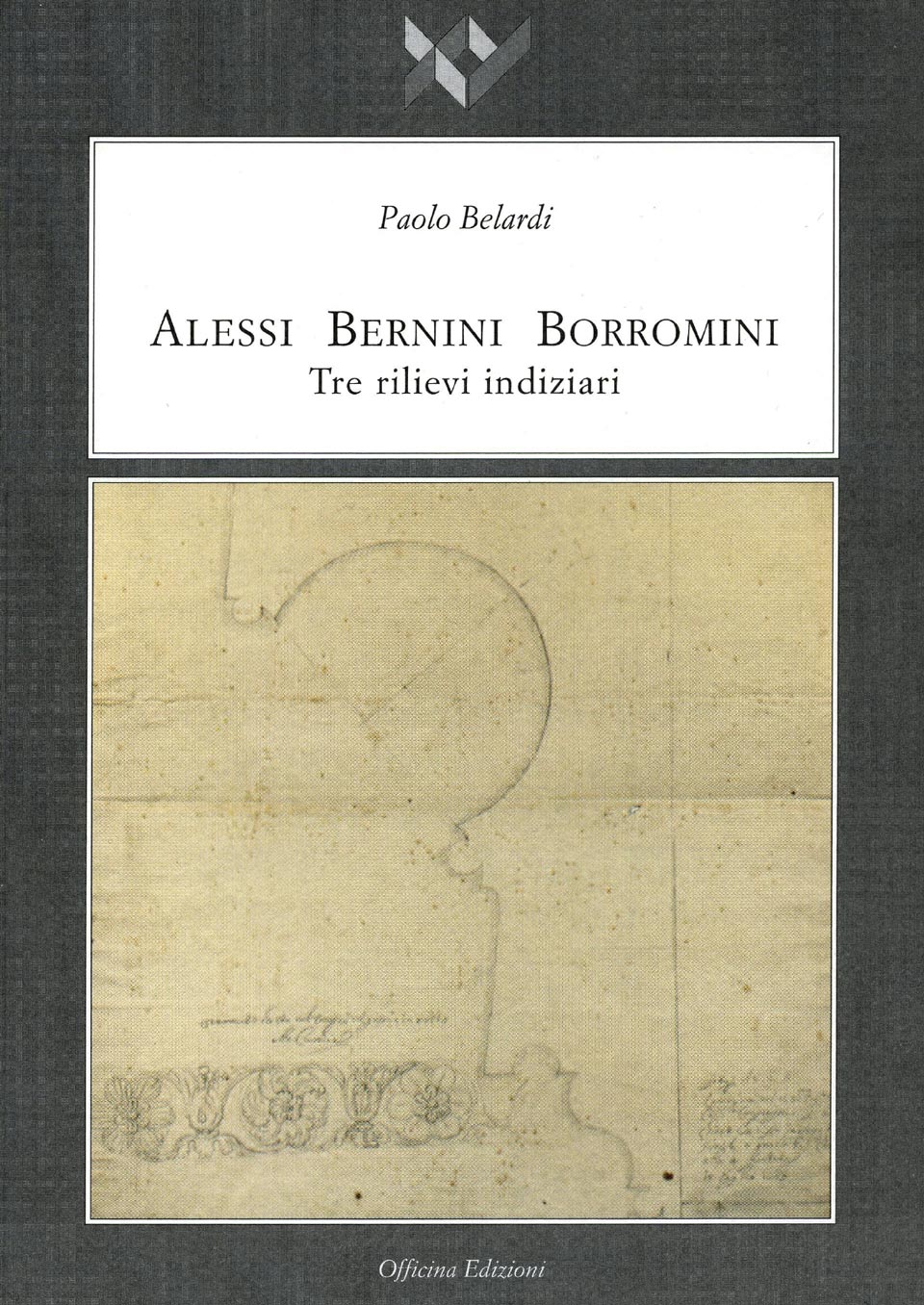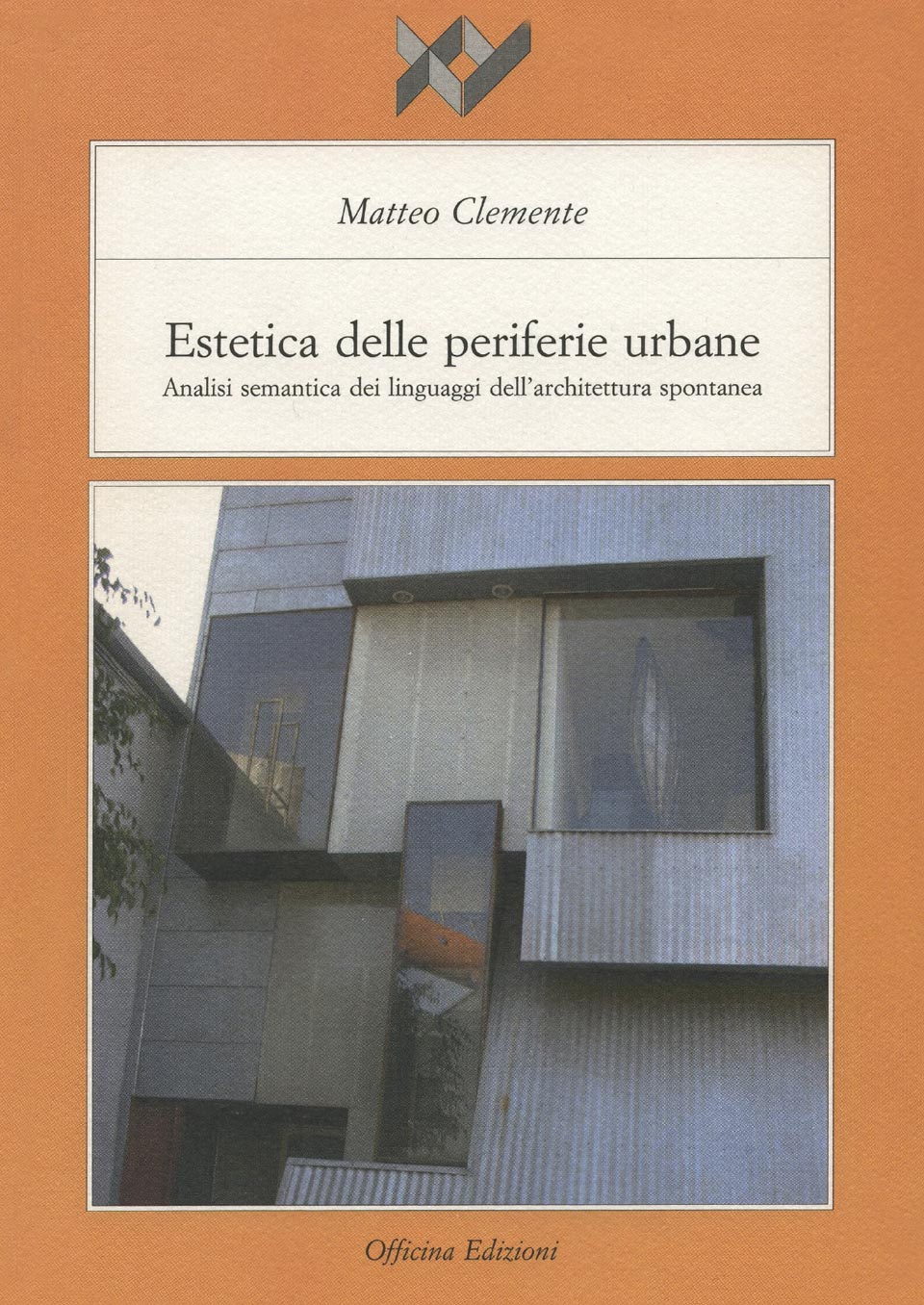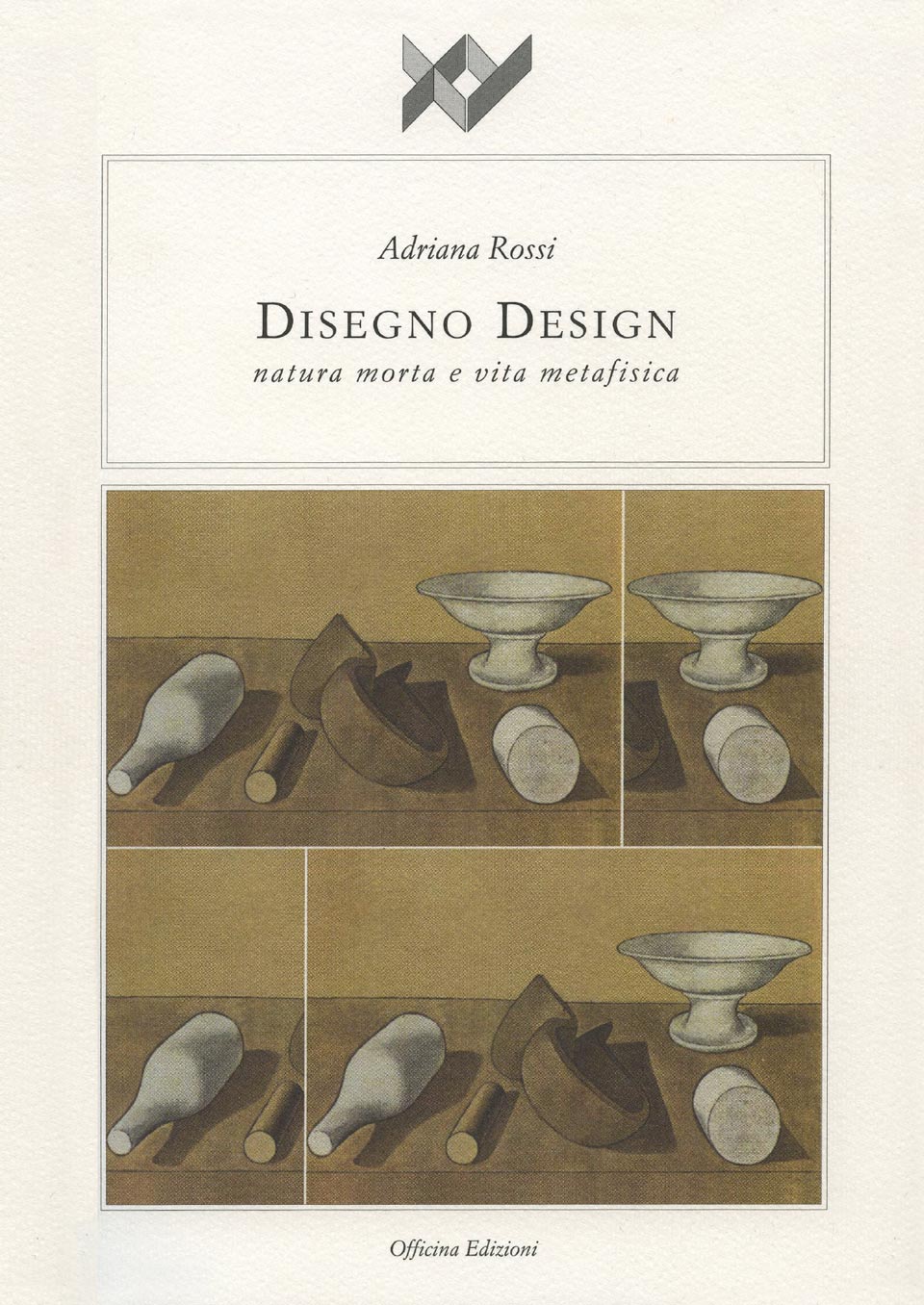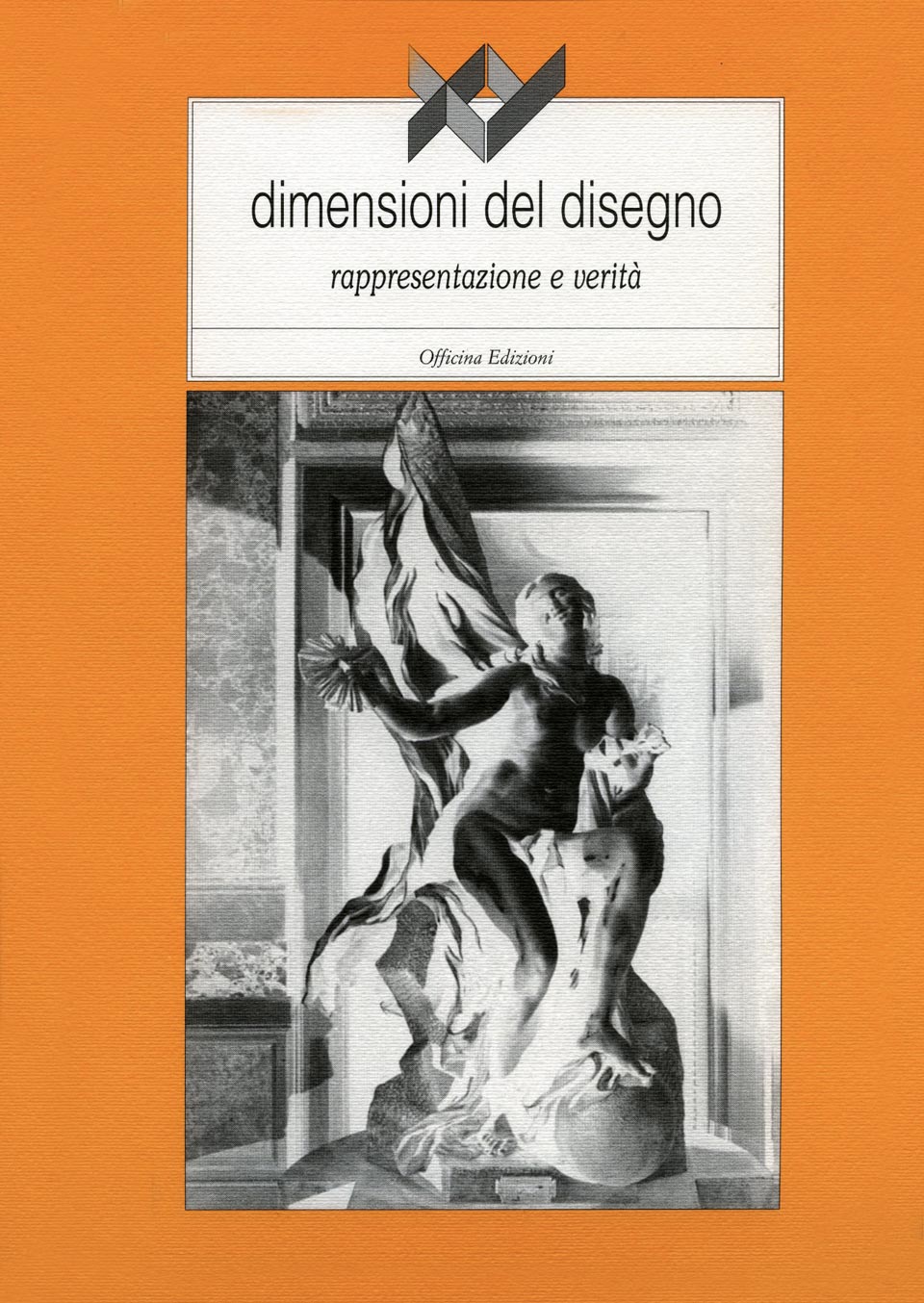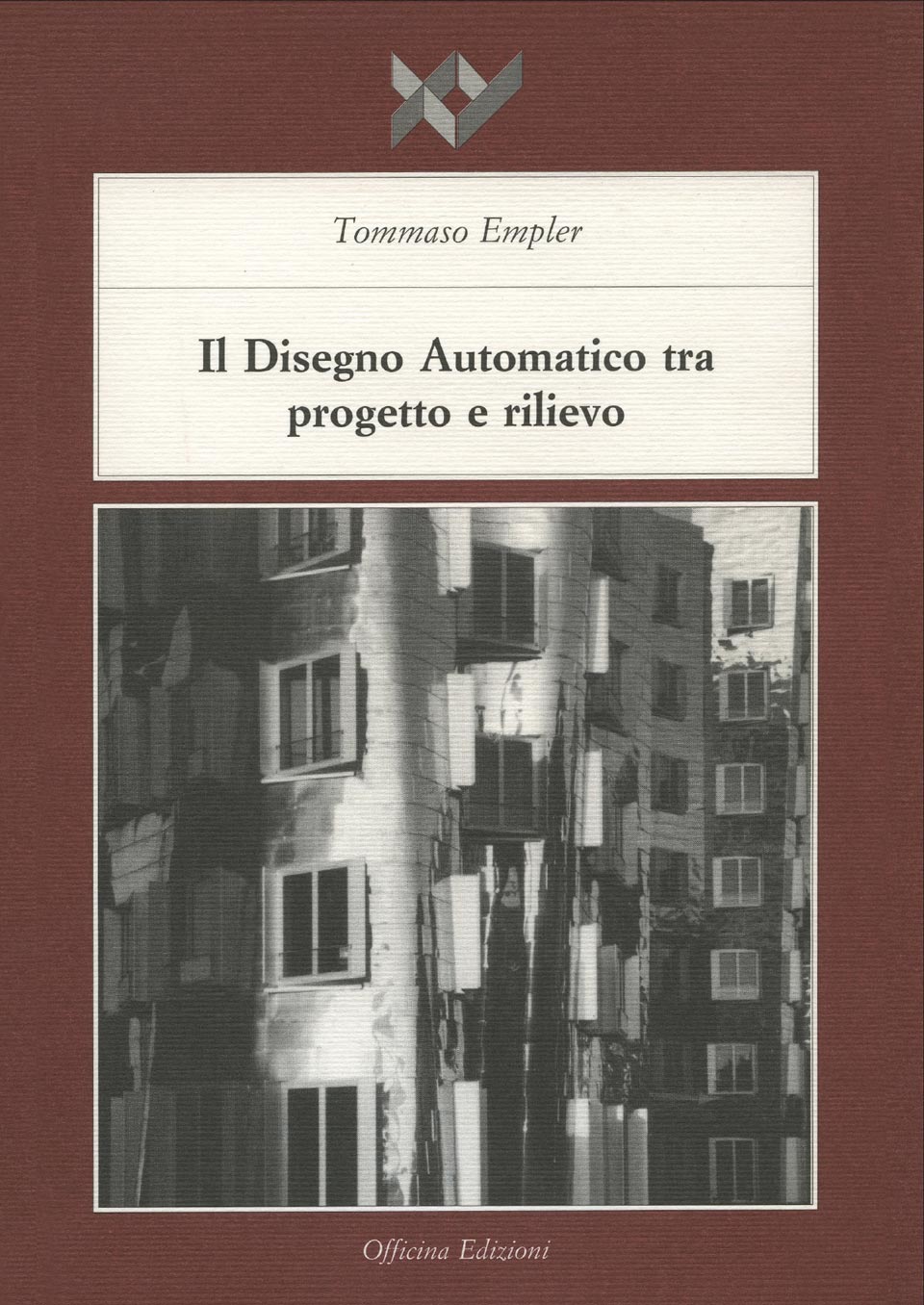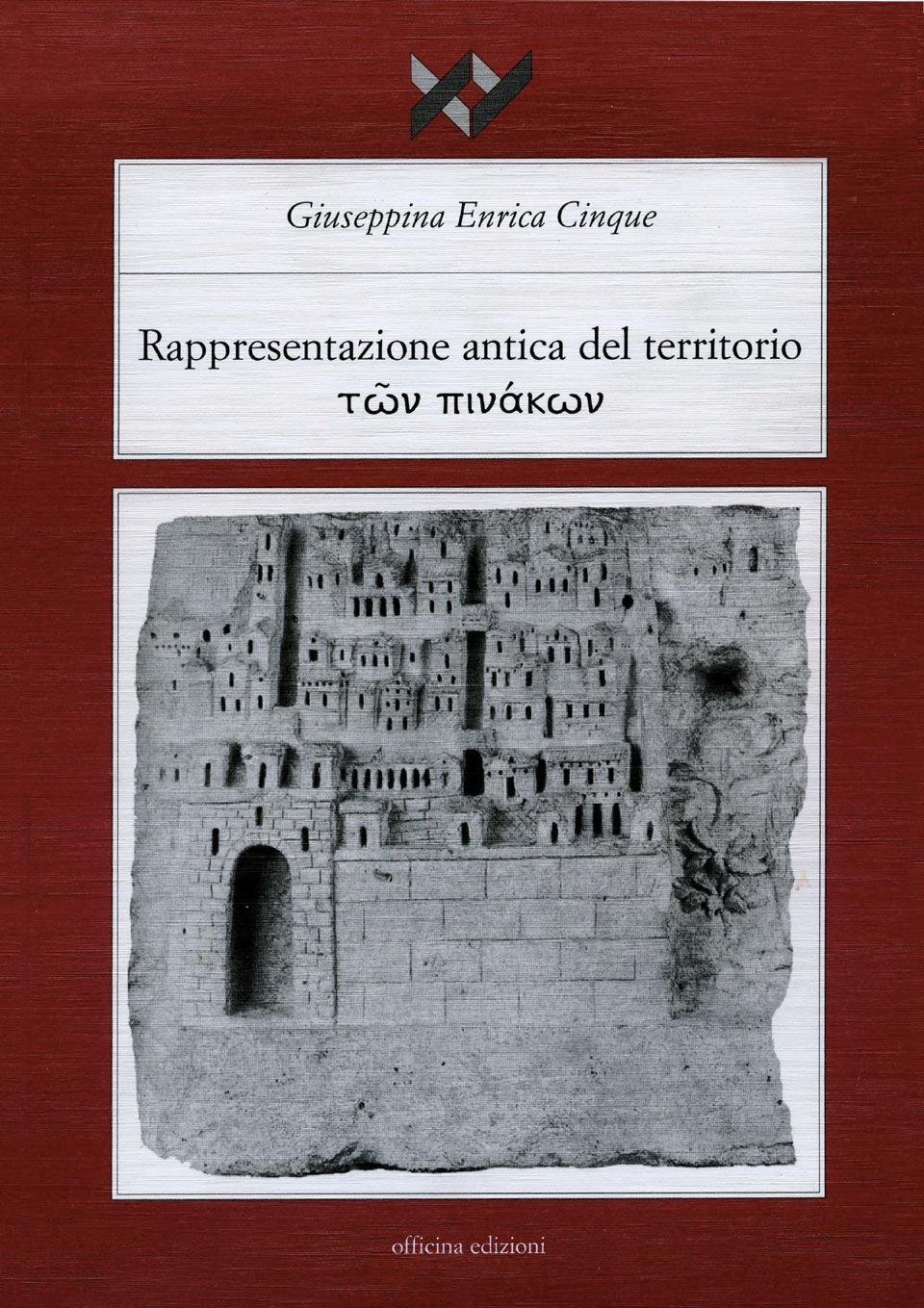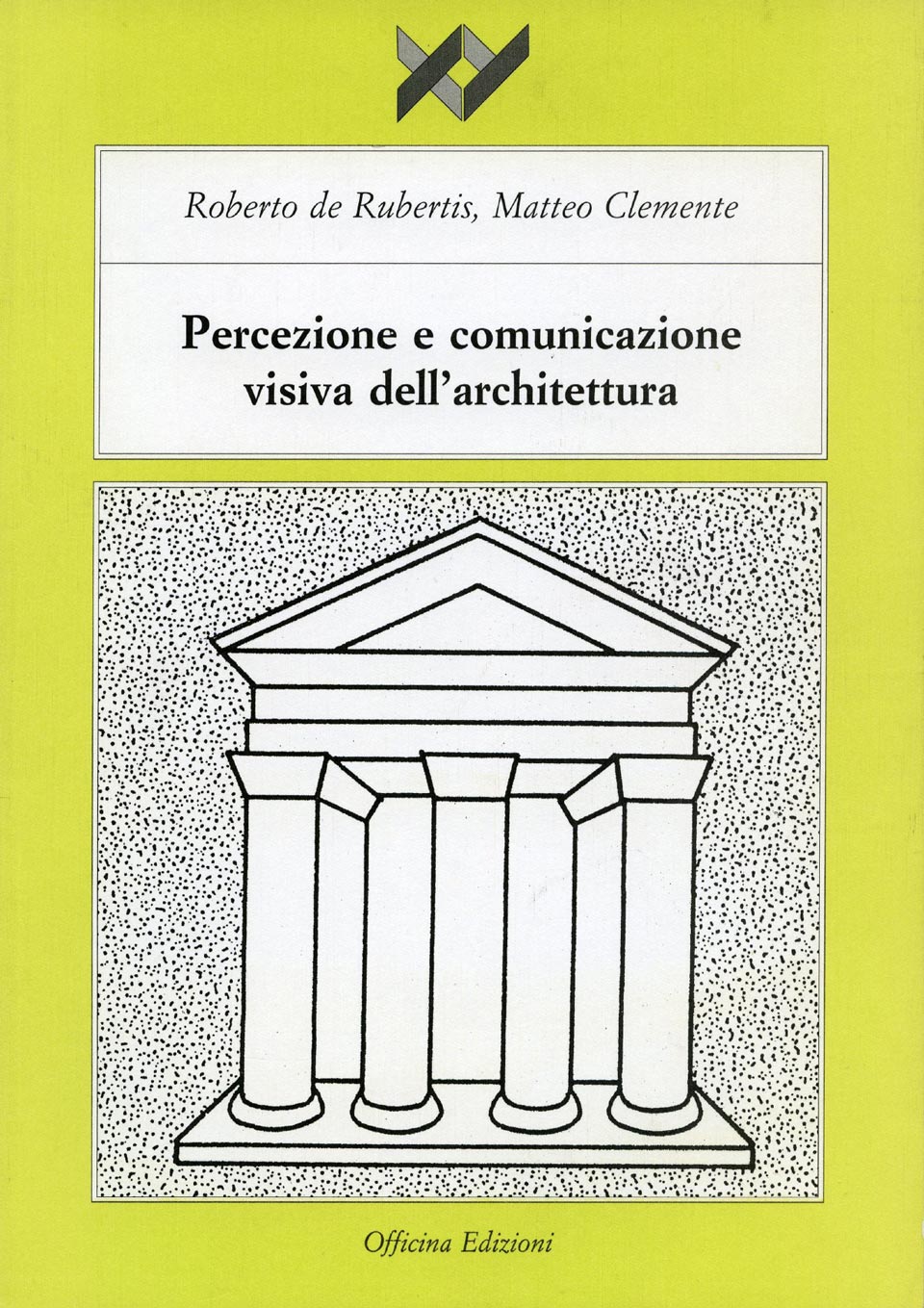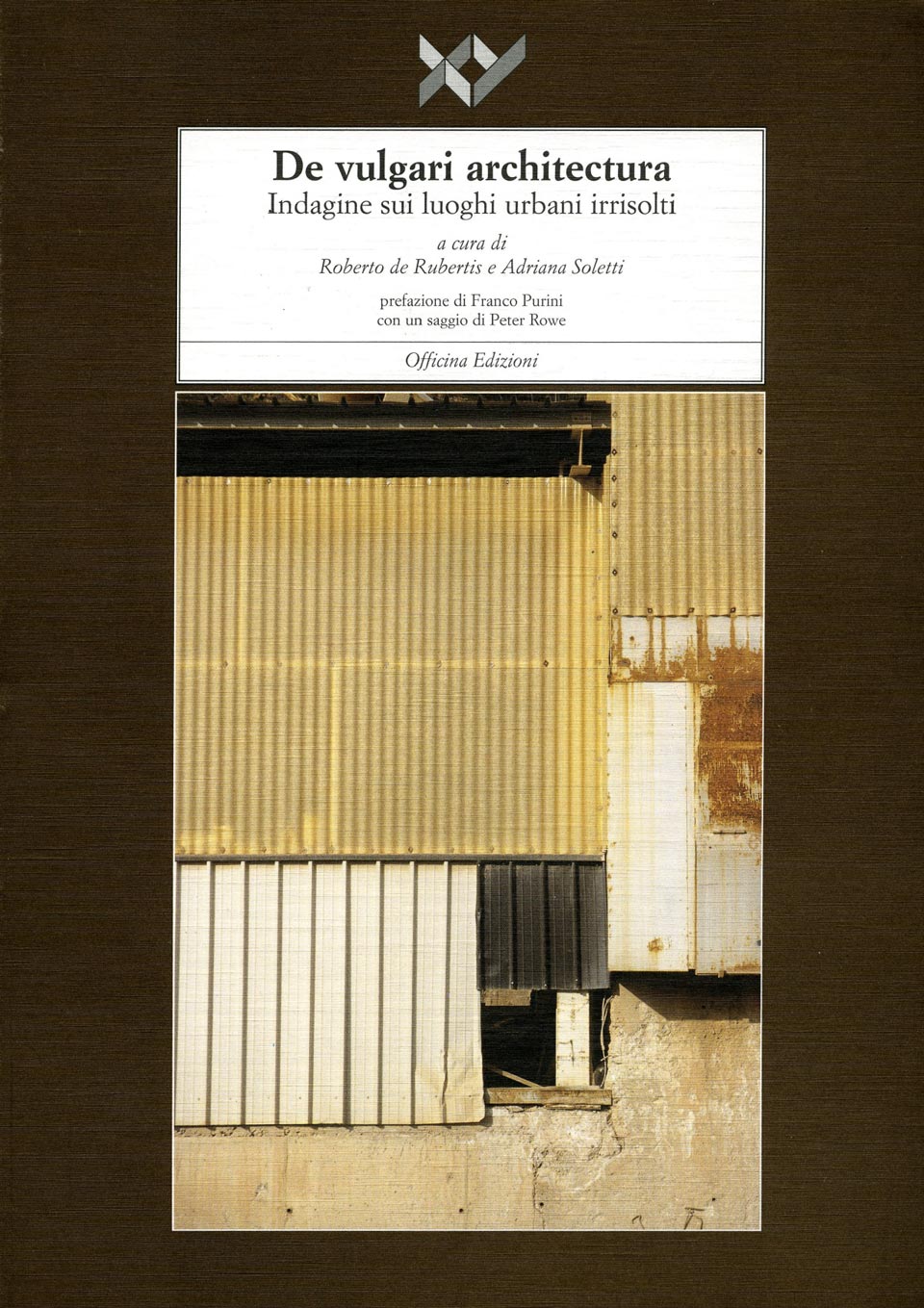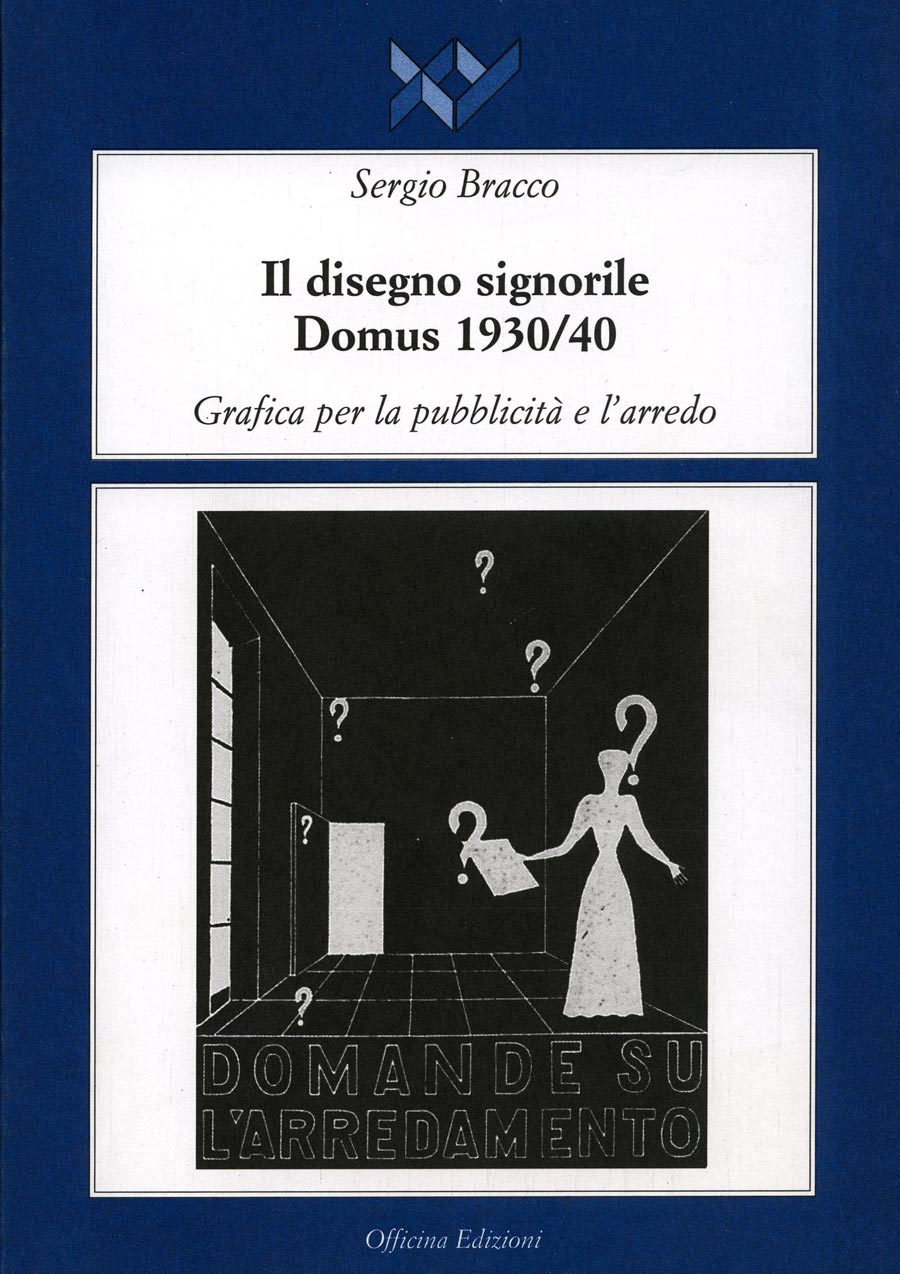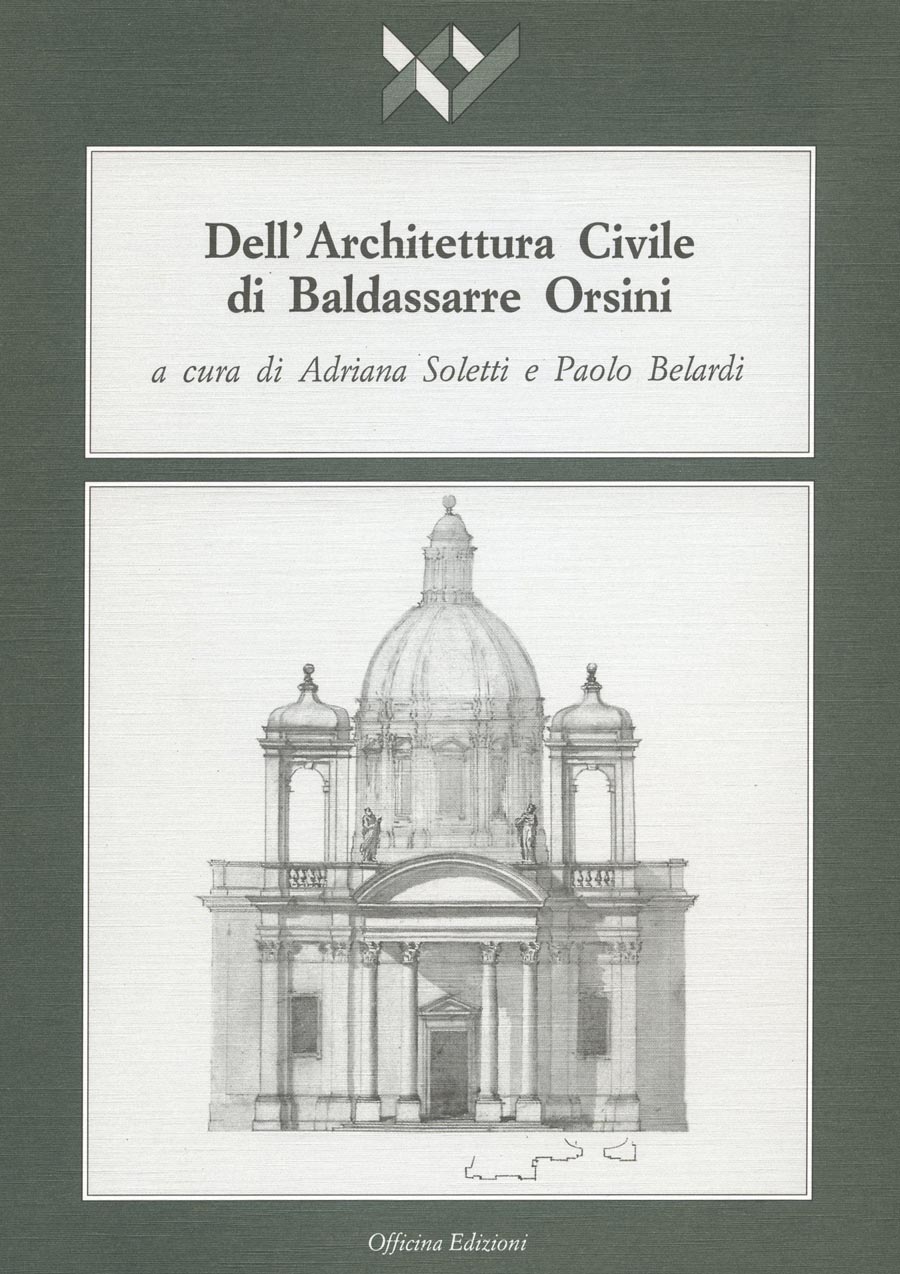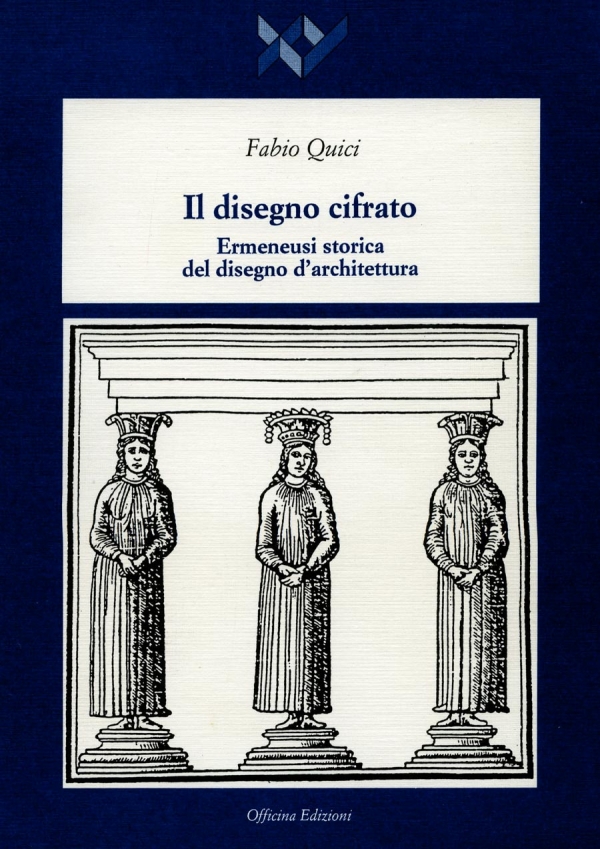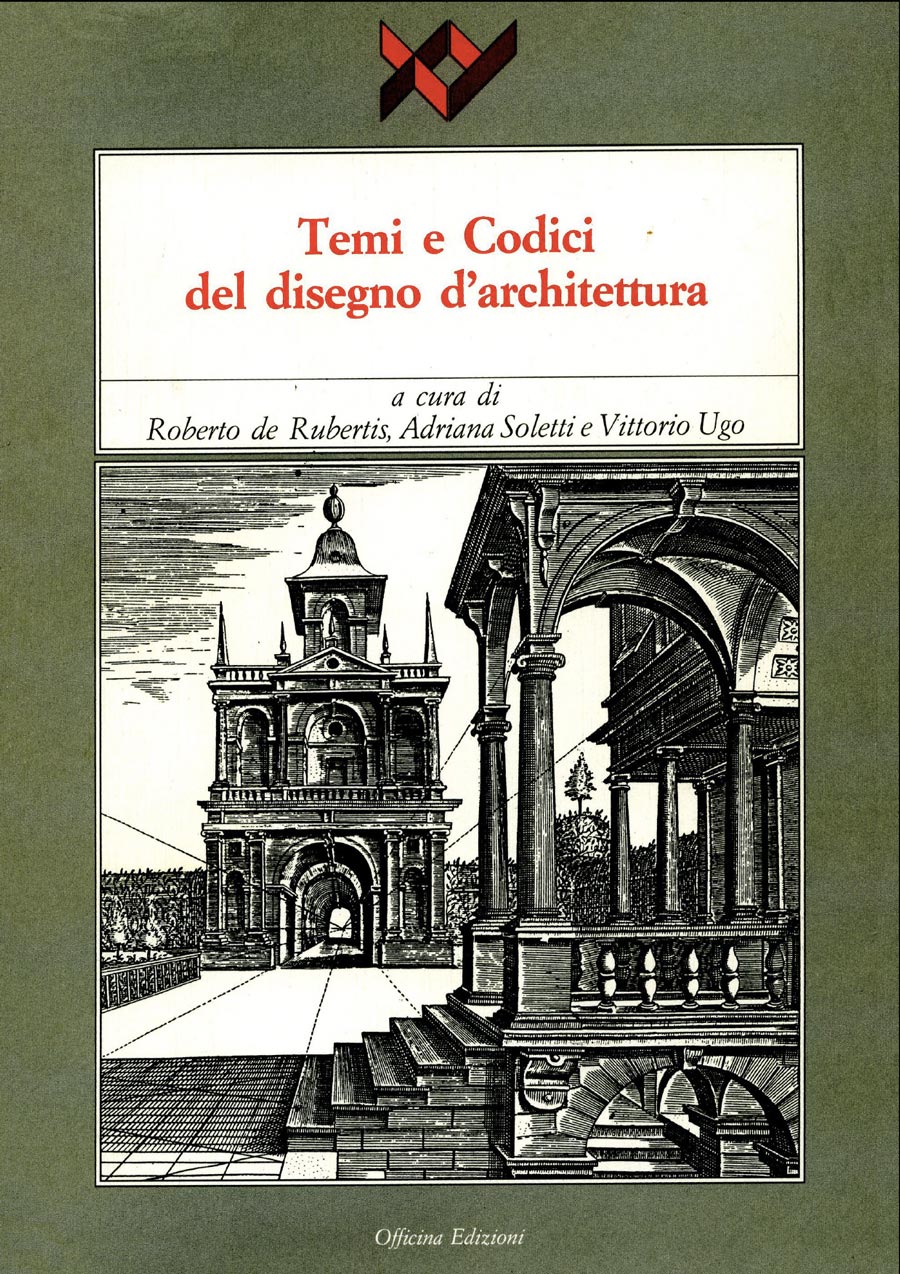The volume contains the transcription as well as the historical-critical analysis of the first volume of the treatise “About Civil Architecture”, an unpublished work of the eighteenth-century “painter-philosopher” Baldassarre Orsini: a manuscript that, although designed with specific educational purposes (Orsini, long-director of the ancient Academy of Design in Perugia, is a believer in the need for a solid scientific background), shows explicit relationships with the cultural debate of the time and is sensitive to the profound theoretical-conceptual changes throughout Europe, around the second half of the eighteenth century, embodying the irreversible crisis of humanistic principles and opening up the doors of modernity.
With the drafting of the treaty “About Civil Architecture” Orsini, favorite pupil of Mengs and man of great culture, follows an extraordinarily unusual road, challenging the ideas of ethical and utilitarian Militia and recognizing in Perspective, as Pozzo, not a mere representation technique, yet the reason of architecture; he theorized a very personal “architectural perspective” that, promptly supported by constant references to, both historical and contemporary, manuals is supported by a large body of original drawings in which the author explores in perceptual key some of the main monuments of classic inheritance.

